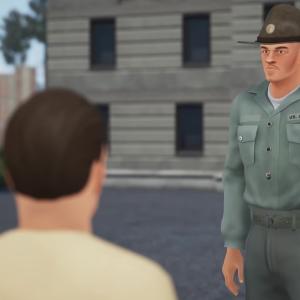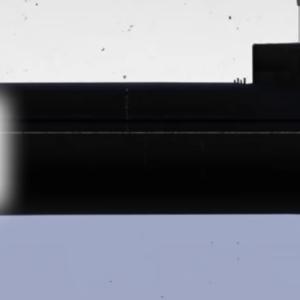
Matilda Tank
The British Infantry Tank Mark II was one of the most distinctive armoured vehicles of the early Second World War. Troops called it the Matilda, and it emerged from the pre-war belief that infantry support tanks should emphasise armour and tactical staying power rather than speed. Core design work was directed by the War Office Mechanization Board, with tooling and contribution from Vickers-Armstrong and multiple heavy engineering firms. Production was shared between Vulcan Foundry, Fowler, Ruston & Hornsby, North British Locomotive and LMS railway workshops. About 2,987 examples were completed between 1937 and 1943.
Its defining feature was protection. The frontal cast armour reached roughly 78 millimetres, which was immense by 1940 standards and often completely immune to early German and Italian anti tank guns. This one quality overshadowed most others. The problem lying underneath this advantage was the relatively small turret ring, which limited gun growth over time. Most vehicles carried the 2-pounder (40 mm) gun. This weapon was precise and perfectly effective at punching through early Axis armour, but it lacked high explosive ammunition, which meant anti tank guns and infantry in dug positions were harder to suppress at longer ranges. A Besa machine gun was fitted for closer targets.
Power came from twin AEC diesel engines originally intended for buses, feeding a shared transmission. Later Australian vehicles used General Motors diesels. A side benefit of the twin installation was that if one power unit failed the tank could often keep moving on the remaining engine, though slower. Speed was deliberately low at around 15 mph on road. Once tropical filtration was added, reliability in the desert was good and crews respected its mechanical strength.
It dominated early desert fighting. In 1940–41 Italian forces had little answer to it and even early German units were shocked at how hard it was to destroy. It was a decisive instrument in Operation Compass. It also fought in France in 1940, later served with Australian units in New Guinea and Borneo where Japanese anti armour capability was limited, and a number were delivered to the Soviet Union under Lend Lease.
The vehicle had a four man crew: commander, gunner and loader in the turret, and the driver in the hull. Commander workload was high but British practice of equipping tanks with radios from the start made battlefield control more effective than many other armies at that moment. The 2-pounder was inherently accurate and when range was known it could achieve reliable first shot hits.
This was a machine that had one enormous advantage and many compromises wrapped around it. In 1940 and 1941 it was possibly the best protected tank anywhere and its armour made it tactically decisive. But as soon as Axis long barrel guns arrived, and as the lack of high explosive shell became a persistent handicap, it slipped into obsolescence. It could not accept a larger gun without redesign and wartime industry was not prepared to do that. Thus it faded from front line European service after 1942. In the specific early campaigns though, it was a war winner.










